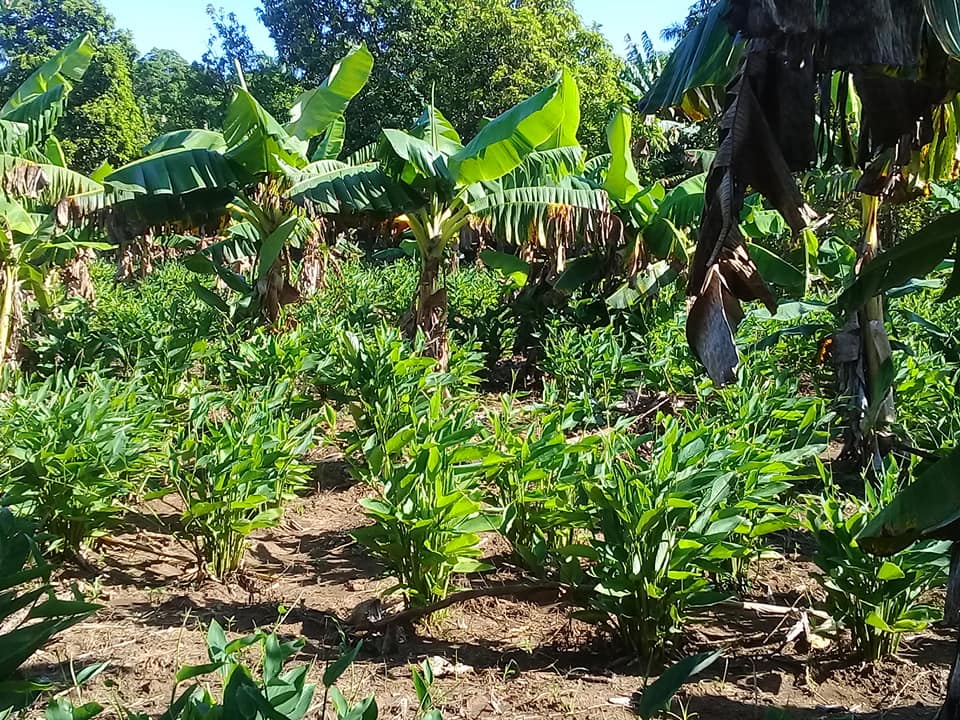
Recently, the main leaders of the Calixto Sarduy agricultural production cooperative (CPA), in the municipality of Las Tunas, explained to the Provincial Committee of the National Association of Small Farmers (ANAP) about some of the productions they carry out in their mini-industry.
Las Tunas, Cuba.- They mentioned the sweets made with sago flour and guarapo. They commented on the acceptance among the residents of Becerra and that they sell them in a rationed way because some rascals have tried to buy them to resell them in this city.
That day I was thinking: Could we plant more sago? How difficult will it be? This crop is not talked about in meetings, its harvests are not controlled and it is not among the plants included in the municipal self-sufficiency program.
But it is very useful because its flour is a very healthy and pleasant food for babies, the elderly, and people with various stomach ailments. It can be used to make custards, ice cream, broths, fried foods, and other dishes; even mayonnaise.
Among other qualities, it is attributed to medicinal effects for the digestive system as healing and antidiarrheal. It also improves circulation, controls blood sugar levels, and is rich in copper, iron, manganese, magnesium, phosphorus, and zinc.
With so many benefits, why is it not planted? In Cuba, as in most Latin American countries, tubers have been part of the popular diet since before the conquest. Cassava, potatoes, malangas, and sweet potatoes are highly coveted.
The sago is a heritage of the aborigines and has served as food over the years. However, despite its goodness, it is hardly taken into account. The Urban, Suburban, and Family Agriculture movement is working to rescue the species, but progress is slow.
In the province of Las Tunas, there are several experiences. Many years ago, the extinct Major General Vicente García González agricultural contingent achieved it. And currently, some peasants have small areas dedicated to the line, rather for family consumption.
The planting of sago could -and should- be multiplied, which would allow producing the starch needed by the food industry, and thus contribute to the substitution of imports and, consequently, to the saving of the scarce financial resources that the country has.
From the local Botanical Garden, it was explained that it should be cultivated in May and June and that its cycle is approximately seven months, although it can be extended longer. It is recommended to intersperse it with corn to give the plant some shade and establish a polyculture.
It can even be planted in any type of soil and rainfed conditions, but this date is preferred because it is part of the rainy season. As an added advantage, once the flour is obtained, it has a high conservation capacity. So, what are we waiting for?